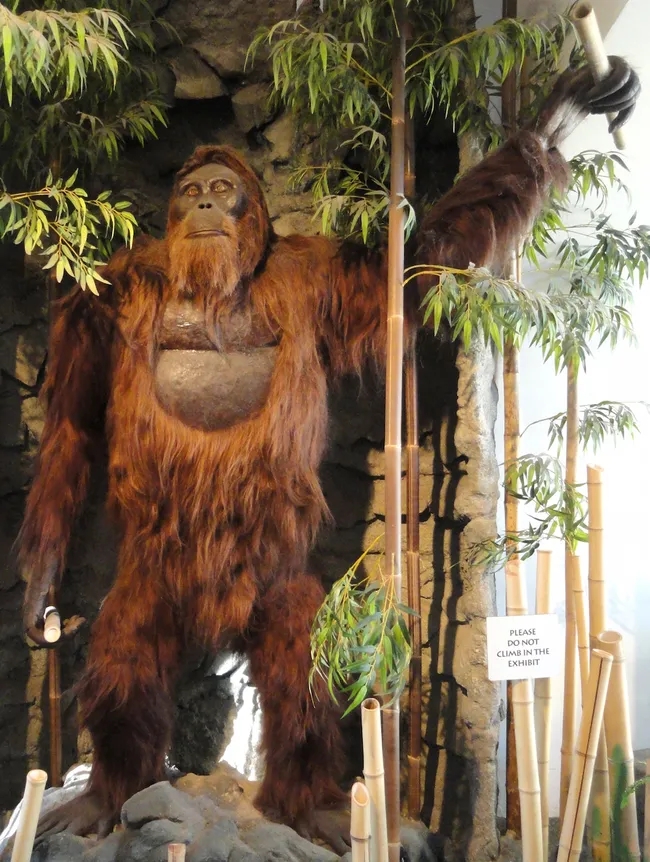
Gigantopithecus blacki, (G. blacki) a ten-foot tall primate that thrived in the mainland of modern China for 2 million years died out between 295,000 and 215,000 years ago enigmatically – until now.
A new study has examined the known remains of G. blacki, which only consists of 4 mandible fossils and a few thousand teeth that have been recovered from limestone caves in central China. This member of the middle Pleistocene mega-fauna died out while other primates managed to thrive and continue living.
Now a joint team of scientists from China, Australia and the United States think they know why that happened. Their study was recently published in the journal Nature and explains how they applied a multidisciplinary approach to studying the remains as well as 22 caves from which G. blacki remains have been recovered.

“We show that from 2.3 million years ago the environment was a mosaic of forests and grasses, providing ideal conditions for thriving G. blacki populations,” the study says.
But things changed starting about 295, 000 years ago. Changes that G. blacki had difficulty adapting to. These changes included an increase in environmental variability due to “increased seasonality”. These changes led to other changes in the available food supply as plant communities adapted to the conditions and open forests grew.
“G. blacki showed signs of chronic stress and dwindling populations,” the study says. “Ultimately its struggle to adapt led to the extinction of the greatest primate to ever inhabit the Earth.”
The full study can be found here:
https://www.nature.com/articles/s41586-023-06900-0
For more information on G. blacki visit: